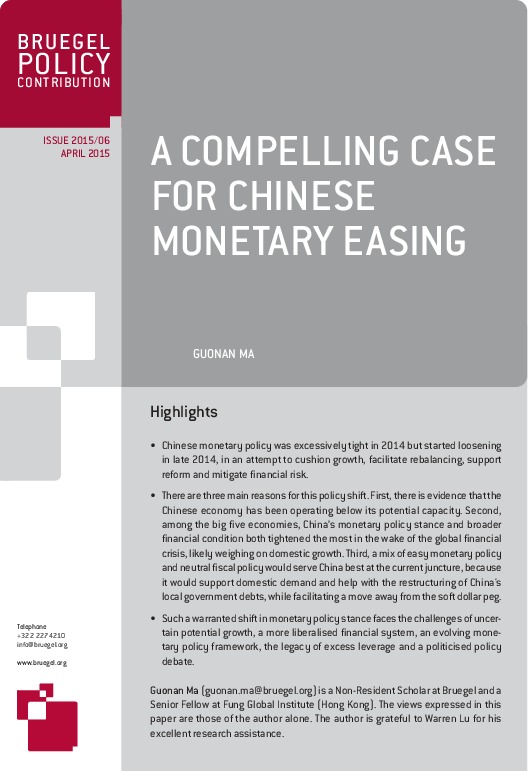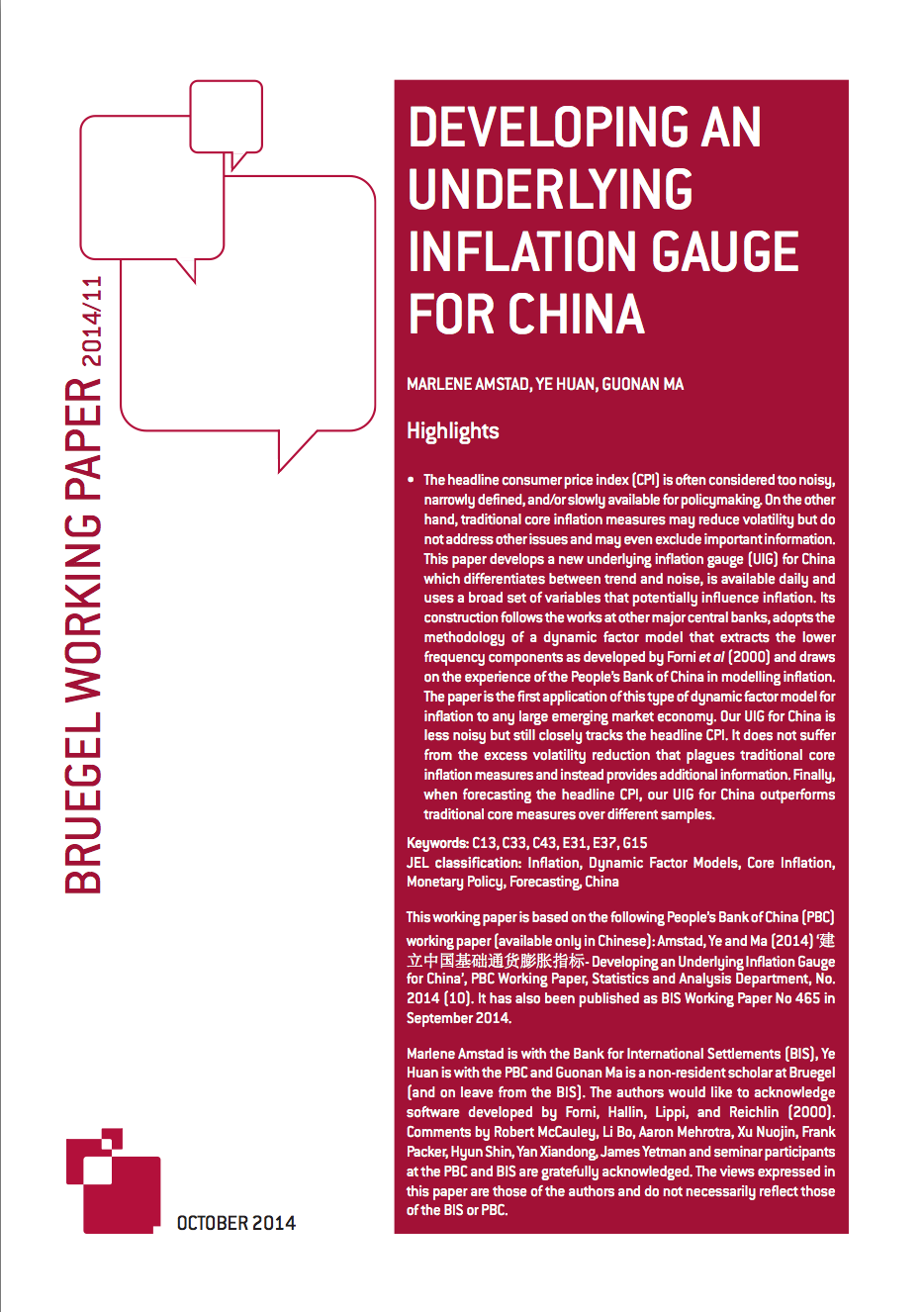Former scholars

Guonan Ma
Dr Guonan Ma was a visiting research fellow at Bruegel until 2016. Prior to this, he was a senior economist at the Representative Office for Asia and the Pacific of the Bank for International Settlements (BIS) for thirteen years. Before joining the BIS in 2001, he worked as a chief North Asia economist for ten years at various investment banks, including Merrill Lynch, Salomon Smith Barney and Bankers Trust.
Prior to his investment bank career, he was a lecturer of economics and research fellow at the Australian National University for four years following the completion of his Ph.D. in economics at the University of Pittsburgh (1990). Dr Ma was born in China where he obtained his undergraduate degree at Beijing University (1982). Guonan Ma has many publications on the Asian and Chinese economies and financial markets over the years.

